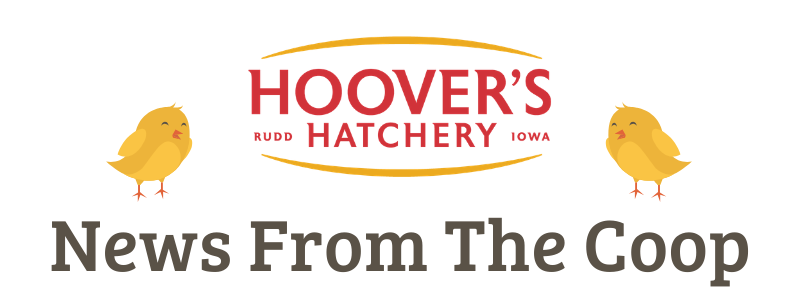Anyone who has tried to herd an escaped flock back into the coop quickly discovers that chickens have a mind of their own. Some run this way, while others go that way. Few un where their owner intends. The result is exercise for both humans and chickens and little else.
Fortunately, chickens are easy to trick. Herding doesn’t work well but tasty lures do. Chickens can’t resist a delicious snack. No matter where the flock is, as soon as one bird spots treats being served, she’ll cluck and summon her fellow flockmates to the feast.
Here’s a common scenario. Hens are enjoying being outside their run. Normally they’ll troop inside at sunset. Then all the flock owner needs to do is to close the pop hole door and they are safe from raccoons and opossums with appetites. But there’s a problem. Sometimes a person needs to leave midafternoon and won’t return home until well after dark to close the door. An open door is a welcome sign for Mr. Raccoon to slip through and snatch dinner from the roost.
Treats solve the problem. Sprinkle them well inside the coop any time of day and hens rush in, allowing the owner to close the door and keep them safe and sound before darkness. Although kitchen scraps work as treats, often they are moist which gets the litter damp and moldy. So, these scraps are best served outside.
Two perfect luring treats are sunflower seeds and mealworms. Both are dry and the Chickens will eat them immediately. Both store easily in a tightly lidded metal container. Just a handful tossed into the coop brings hens running.
Mealworms
Mealworms work great as tasty lures. They are sold in stores that stock pet and chicken supplies and can be ordered online. The most convenient ones are dead and dried. They keep for months in a sealed container. We buy them in 11-pound plastic bags that last about six months. Whenever we want to lure the hens we yell “MEALWORMS!” and the hens rush in. They love the protein rich insects so much they now start running as soon as we call out “MEALWORMS”.
The only downside to mealworms is their cost. They are expensive.
Sunflower Seeds
Sunflower seeds are much less expensive than mealworms and work almost as well. Many chicken keepers also feed wild songbirds and buy sunflower seeds for their chickadees, cardinals, and blue jays. Often, they don’t think about giving a handful of seeds to their chickens.
Commercially two general types of sunflower seeds are on the market. Normally stocked for wild bird feeding are black oil sunflowers. These seeds are relatively small and have solid black hulls. Chickens devour them hull and all. Less common are black or grey striped sunflower seeds, named for the pattern on their hulls. These are called culinary seeds in the industry because they are the type processed for human consumption. They are more expensive and larger than black oil seeds. Wild bird feeding stores usually also sell hulled sunflower seeds. Chickens also love them but they are more costly than those still in their hull.
Black oil sunflower seeds work perfectly for luring chickens. Sprinkle a handful in the coop and the girls come running. “The seeds are nutritious and contain about 15% protein plus fat, minerals, and vitamins”, said John Sandbakken, Executive Director of the National Sunflower Association, www.sunflowersnsa.com.
Keeping a container of black oil sunflower seeds or mealworms makes it handy to reward chickens for their good work and easy to lure them inside.



